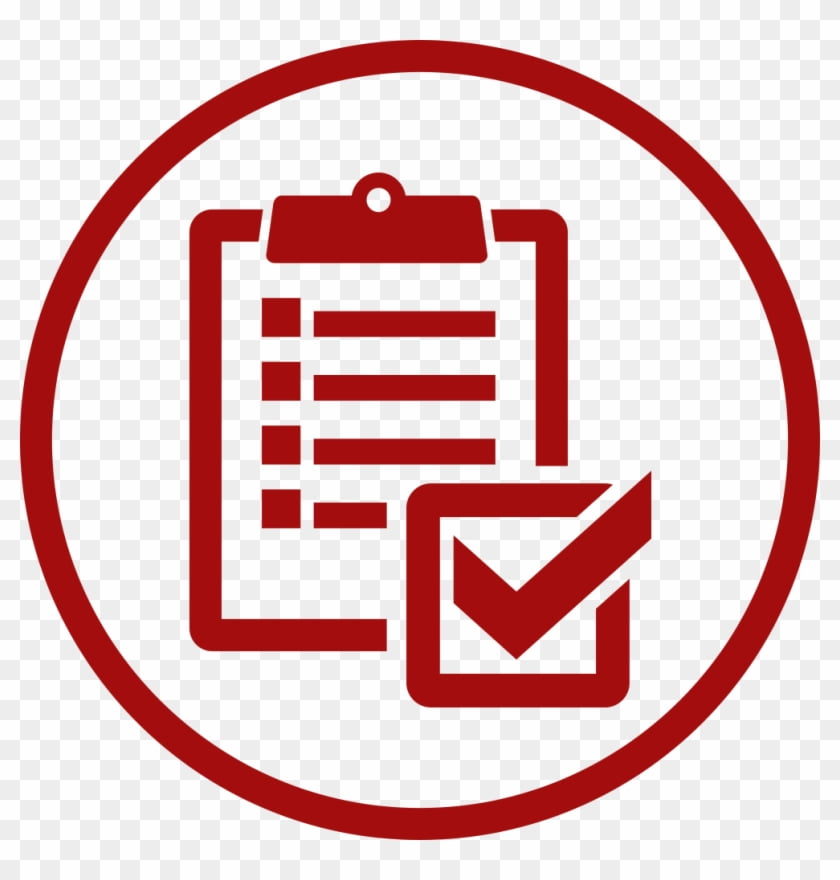Optimizing Conversion Rates: A Strategic Approach to Call-to-Action Design
In the contemporary digital marketing landscape, the call-to-action (CTA) button serves as a pivotal element in the user journey, bridging the gap between engagement and conversion. This pivotal role necessitates a strategic approach to design and implementation. This article explores fifteen evidence-based strategies for crafting high-converting CTAs, focusing on the application of established marketing principles and models to enhance user experience and drive measurable results. Key concepts such as Gestalt principles (influencing visual perception), persuasion principles (motivating user actions), and A/B testing methodologies (optimizing design elements) underpin these strategies.
1. Clarity and Brevity in Messaging: Employing the principles of concise communication, ensure the CTA's purpose is immediately evident. The use of action-oriented language, free from ambiguity, directly communicates the value proposition, aligning with the user's cognitive processes and reducing decision latency. This minimizes cognitive load, fostering a seamless user experience. For example, instead of "Learn More," use "Get Your Free Guide Now." This application of Gestalt principles ensures visual clarity and facilitates rapid comprehension.
2. Strategic Use of Visual Contrast: Leveraging Gestalt principles of figure-ground relationships, ensure the CTA button exhibits sufficient contrast against the surrounding page elements. This visual prominence, achieved through contrasting color schemes, immediately draws the user's attention, significantly improving click-through rates. The application of color psychology further enhances effectiveness, for instance, employing colors associated with trust and urgency.
3. Employing Persuasive Language: Incorporate strong action verbs that directly elicit the desired behavior, aligning with Cialdini's principles of persuasion. Action verbs like "Start," "Discover," or "Download" initiate immediate engagement, aligning with the user's internal drive for action and reducing cognitive dissonance. This tactic leverages the principles of immediacy and commitment within the persuasion framework.
4. Creating a Sense of Urgency: Incorporating scarcity principles, leverage phrases such as "Limited Time Offer" or "Don't Miss Out" to motivate immediate action. This strategic application of time constraints reduces procrastination and increases the perceived value of the offer, leveraging the psychological impact of scarcity on decision-making. This aligns with the principles of loss aversion within behavioral economics.
5. Audience-Centric Personalization: Tailor the CTA to resonate with the target audience's specific needs and pain points. This personalized approach fosters a connection and increases engagement, applying the principles of targeted marketing. For example, addressing a specific demographic's concerns within the button text creates a more relevant and engaging experience.
6. Ensuring Mobile Responsiveness: Optimize the CTA for seamless functionality across all devices, ensuring a consistent user experience irrespective of screen size. This is vital for maximizing reach and accessibility, as mobile usage continues to increase. Ignoring mobile optimization contradicts the principles of user-centered design and accessibility.
7. Leveraging Social Proof Mechanisms: Integrate social proof elements (e.g., testimonials, ratings) to enhance credibility and build trust, leveraging the principle of social influence. This tactic significantly reduces uncertainty and enhances the perceived trustworthiness of the offer, directly impacting conversion rates.
8. Building Exclusivity and Scarcity: Create a sense of exclusivity through limited access or special offers, leveraging scarcity psychology. Phrases like "Exclusive Access" or "VIP Offer" tap into users' desire for special treatment and unique experiences, thereby boosting conversion rates.
9. Stimulating Curiosity and Engagement: Incorporate intriguing language that piques user interest and encourages further exploration, applying principles of storytelling and narrative persuasion. Phrases such as "Uncover the Secret" create intrigue and motivate users to click to satisfy their curiosity.
10. Offering Incentives for Engagement: Provide incentives (e.g., discounts, free trials) to sweeten the deal and motivate hesitant users, implementing reward-based motivation systems. This adds value to the offer and directly increases its appeal.
11. Employing A/B Testing Methodologies: Conduct A/B testing on various CTA designs to identify optimal combinations, applying empirical evidence to optimize design choices. This data-driven approach ensures continuous improvement and enhances ROI.
12. Strategic Placement for Enhanced Visibility: Position the CTA strategically, considering Gestalt principles and visual hierarchy to maximize visibility and minimize distraction. Optimal placement enhances user flow and improves conversion rates.
13. Utilizing Actionable and Direct Language: Utilize active and direct language that prompts immediate action, fostering a sense of immediacy and reducing decision latency. Clear and concise language improves comprehension and leads to higher conversion rates.
14. Implementing Progress Indicators: For multi-step processes, use progress indicators to maintain user engagement and reduce abandonment rates. This strategy is based on the principles of goal-setting and progress monitoring in behavioral psychology.
15. Continuous Monitoring and Optimization: Utilize analytics tools (e.g., Google Analytics) to track CTA performance and make data-driven refinements, reflecting a commitment to ongoing optimization and continuous improvement. This iterative process ensures alignment with evolving user behavior and market trends.
Conclusions and Recommendations: The effective design and implementation of CTA buttons are critical for maximizing conversion rates. By strategically applying the principles outlined above, marketers can significantly improve their online engagement and drive business outcomes. Future research should explore the impact of incorporating AI-driven personalization in CTA design, as well as the evolving influence of emerging technologies on user interaction and conversion patterns. The continued integration of A/B testing and data analytics is crucial for sustained optimization and the development of increasingly effective CTA strategies.
Reader Pool: Considering the principles of user experience (UX) and conversion rate optimization (CRO), how can the application of these strategies be further enhanced to accommodate diverse user preferences and accessibility needs?





No comments yet. Be the first to share your thoughts!